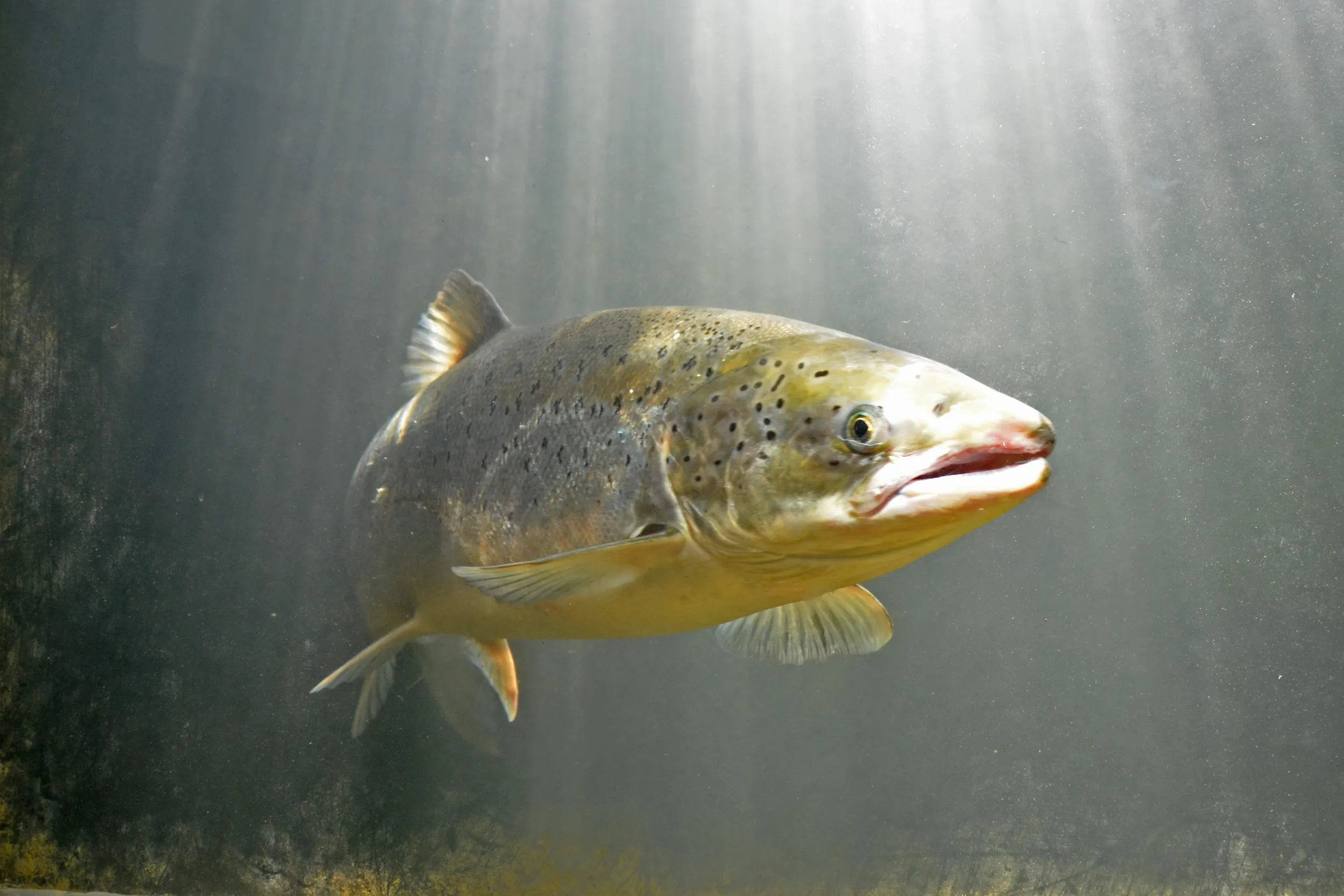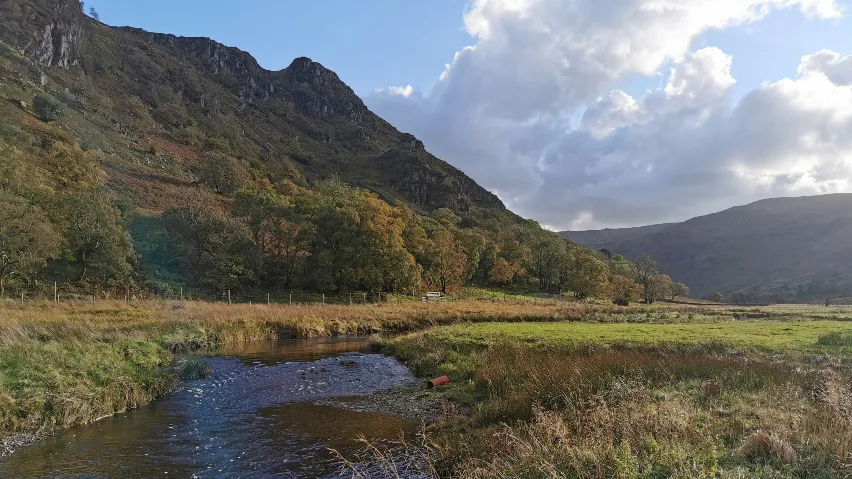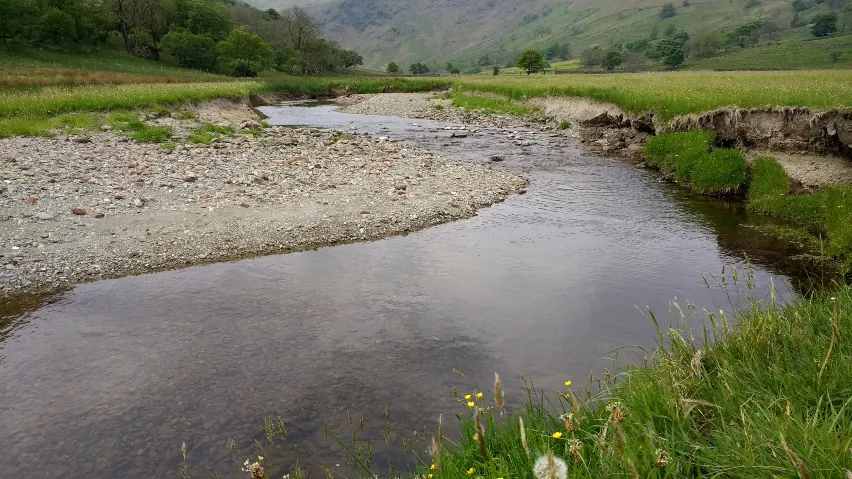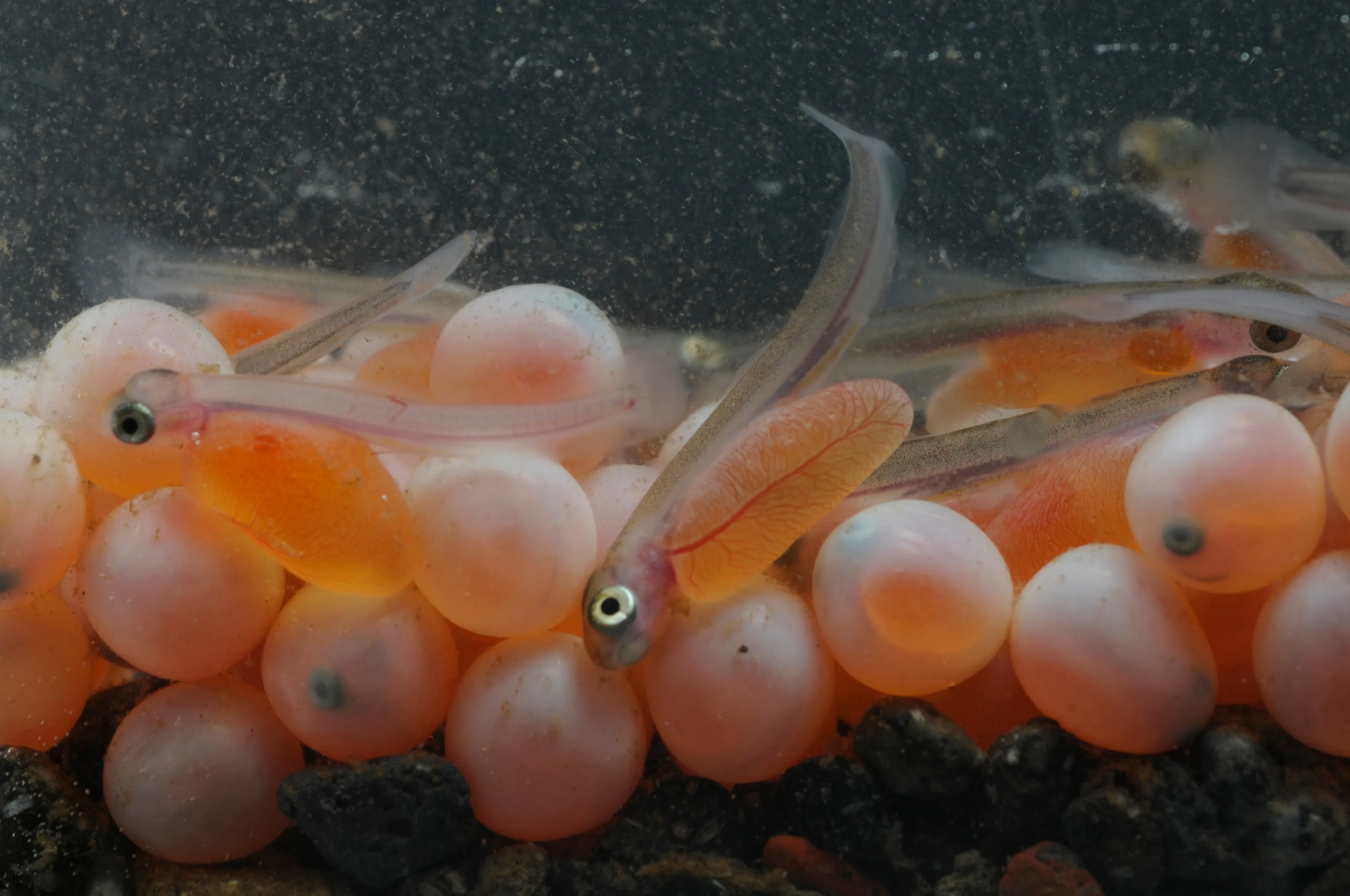News
Population of UK’s tallest bird hits record-breaking high
More than 250 Cranes now grace the UK’s wetlands, the highest level since these elegant birds were lost from these lands...
Did you see the Salmon leaping upstream in Wild Isles? We believe this is the first time underwater drones have been used to film the journey in this way, swimming with the fish as they migrate. The Silverback Film team attached cameras to underwater remote-controlled drones in order to capture this footage, which took 71 days to film – the longest of any sequence on the Wild Isles series – including waiting for nine days to film the salmon leaping up waterfalls. Yet this amazing sight is becoming rarer in the UK. Research shows us that Salmon numbers have been falling for several years, and staff and volunteers at the RSPB have been working to help them overcome the threats they now face.
.jpg)
Biodiversity decline and the climate crisis are interlinked and are having a devastating impact on salmon populations across the UK. The UK is a European stronghold for Atlantic Salmon, but in 2022 only a quarter of our rivers held viable salmon populations – a record low. If we don’t act now to protect our rivers, we risk losing these fish from our wild isles altogether.

Historically the Victorians and subsequent generations have straightened otherwise curvy rivers, altering the natural flow, believing it would reduce the risk of local flooding, although unwittingly it just increases it further downstream.
Fast flowing, straightened rivers also remove the natural river features such as gravel beds that Salmon need to lay their eggs in. The removal of trees along straightened riverbanks also means that the river is exposed to direct sunlight, which in a warming climate means that the water can become too hot for young Salmon. Salmon eggs can’t survive in warmer temperatures (hatching success declines above 12°C), and water temperature is also one of the main cues for young salmon to migrate to sea. Under current climate conditions, those that hatch may never make it to the oceans. We must tackle the climate crisis to give Salmon a better chance of thriving.
If you bend it, they will come…
Salmon Success for curvy section of Lake District River
A one-kilometre stretch of Swindale Beck at Haweswater, which had been artificially straightened at least 150 years ago, was restored to a more natural curving course through a partnership project between the RSPB, Haweswater landowner United Utilities, the Environment Agency, and Natural England.

This slowed the flow of the river, creating habitat more suitable for spawning salmon and trout. Since this work was completed in 2016 salmon have been returning year on year to spawn. Atlantic Salmon were already spawning in other areas of Swindale Beck, migrating from the sea via the Solway Firth and the River Eden. However, the old, straightened part of the river was too fast flowing for salmon to spawn, and many of the natural features that Salmon need had been removed, so the project created a new habitat by putting the curves back into this stretch of Swindale Beck.

Salmon eggs hatch in spring, eventually emerging from the gravel after another four to six weeks. They then remain in the river for the next two to four years before migrating to the sea in springtime. In addition to creating improved wildlife habitat, the restoration of Swindale Beck is today having many other benefits, including helping to improve water quality as well as contributing to reducing the risk of downstream flooding. In December 2022 this project was one of over 100 river restoration projects across Cumbria that were awarded the European Riverprize for their contribution to improving our rivers for the benefit of people and wildlife. The prize rewarded the partnership approach to reinstating natural river processes as part of the Cumbria River Restoration Programme.
John Gorst, Catchment Officer, United Utilities said: “It’s fantastic that salmon are now spawning in the restored river channel. The old, straightened channel was far from ideal, as it resulted in high water flows, which removed the small gravels which salmon require for spawning. This project has been a great team effort between a number or organisations and community volunteers in one of Cumbria’s most beautiful, yet little known valleys.”
Lee Schofield, RSPB Senior Site Manager at Haweswater said, “The partnership work to restore rivers in Cumbria is a great example of how positive environmental improvements can be delivered within a farmed landscape. Finding ways to ensure these upland habitats perform once again for water quality, wildlife and people is at the centre of everything we do.”

Watch our video about the re-wiggling of Swindale Beck here.
Digging ponds in your garden or a community green space (with landowner permission!) can help boost biodiversity and mimic freshwater features on a smaller scale.
No room for a damp ditch? Save the rainwater that does fall in your garden by using a water butt, giving you plenty of recycled water to keep your garden green with during dry spells.